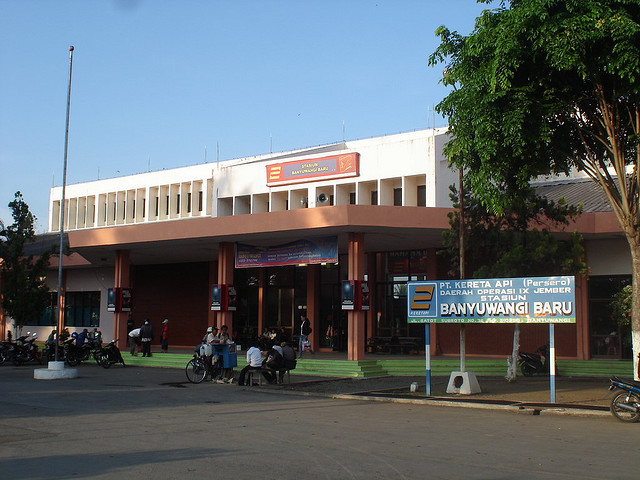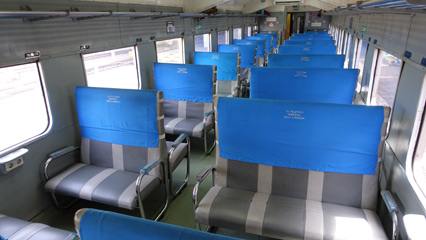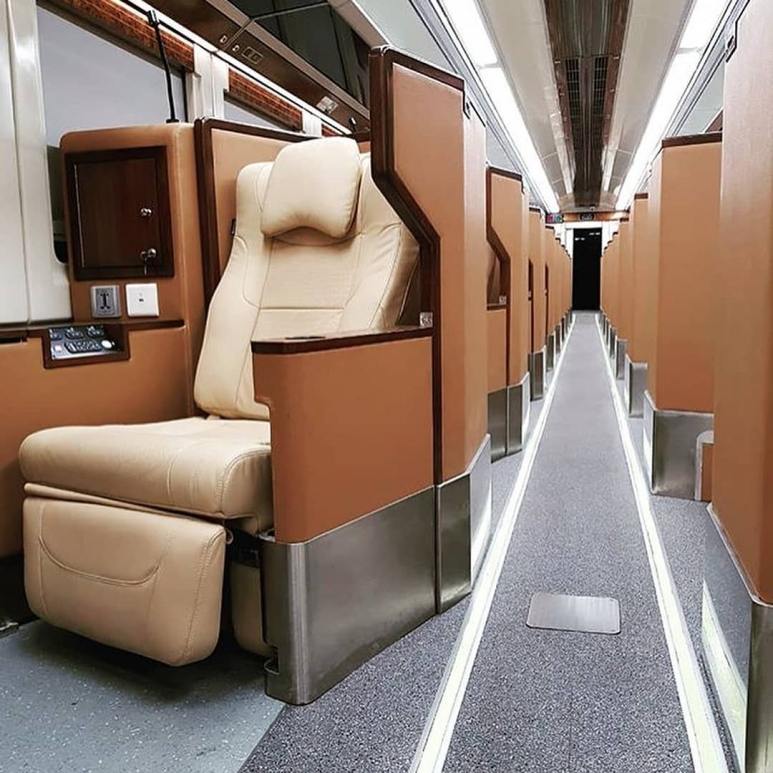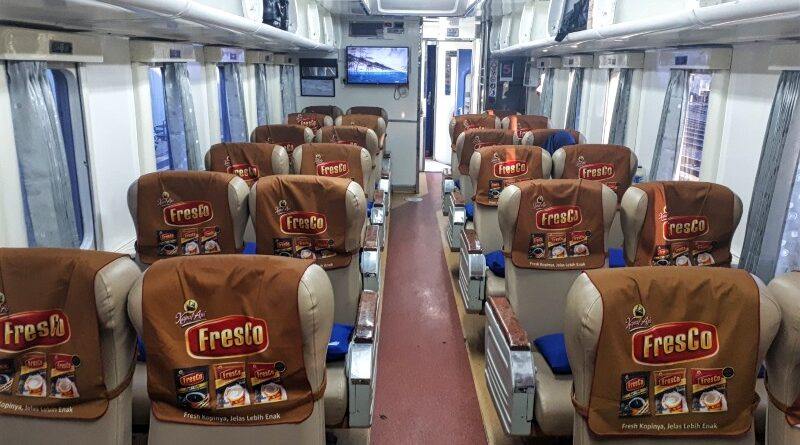Indonesia’s trains are more than a means of transport. They are a lens into the country’s colonial history, its vast geography, and its bustling culture. If you want to see Java properly, avoid the highways, and experience cities, towns, rice fields, and volcanoes from a seat that rattles along the rails, the only way to do it is Java By Train.
Trains in Indonesia are a relic of Dutch colonial ambition. The railways were laid to connect plantations, ports, and cities, and today they carry everything from commuters to long-distance travellers in slow, deliberate style. Modern executive class carriages coexist with economy seats that remind you how rough and ready Southeast Asia can still be. And every train has its own character, quirks, and flavor.
Major Stations and What to Expect
Of course there are a lot of train stations on this route, but we have only included the major ones as part of this particular guide.
Jakarta (Gambir Station)
Jakarta is the starting point for many long-haul journeys. Gambir Station is a colonial building in the heart of the city, and it smells faintly of diesel, coffee, and dust. Arrive early, watch the vendors selling kopi and fried snacks, and take a short walk outside to Monas if you have a few hours. Executive-class trains leave from here with air conditioning, reclining seats, and trolley service of water and snacks. Economy is basic but safe, cheap, and fast enough for most travellers. Tickets for executive trains to Bandung cost around 10–15 USD.

Bandung Station
Bandung is the Paris of Java. The train rolls in past volcanic ridges and tea plantations. At the station, street vendors sell local snacks like martabak manis and keripik tempeh. The city itself is compact: Angklung Udjo is a short taxi ride, offering bamboo orchestra performances. Jalan Dago provides colonial architecture, galleries, and small cafes. Budget for around 5–10 USD on a tuk-tuk or grab for short rides.

Yogyakarta Station
Yogyakarta is cultural capital. The train from Bandung arrives in the early afternoon, allowing a walk down Malioboro Street. Near the station are batik shops and food stalls selling gudeg. Executive trains from Bandung to Yogyakarta cost around 15–25 USD. Onboard, you’ll notice locals chatting, students returning home, and a slow rolling past Java’s rice terraces. Don’t miss Tugu Monument a short walk away from the station.

Solo Balapan Station
A few hours east of Yogyakarta, Solo is a quieter cultural centre. The station itself is functional, with small eateries selling nasi liwet (a local rice dish) and fried tempeh. Solo is famous for its keraton and markets. Tickets to here are 7–12 USD. Economy class is tightly packed but gives you a real sense of everyday life on Java.

Malang Station
Malang is a hill city with cooler air and colonial-era architecture. The station is a hub for buses to Batu and the surrounding mountains. Food on the platform includes jagung bakar and hot noodles. Train tickets from Solo to Malang cost roughly 8–12 USD depending on class. The route is scenic, with plantations, rivers, and small towns passing by your window. Executive trains have free Wi-Fi on some services; economy is more authentic.

Banyuwangi Station
The eastern edge of Java is reached at Banyuwangi, the gateway to Ijen Volcano. The station is basic, but buses and minivans to Ijen or Ketapang ferry terminal are plentiful. The route from Malang takes around six hours, ticket prices for executive trains hover around 15–20 USD. Economy seats may be cramped, but you’ll have a perfect view of sugarcane fields, small villages, and volcanoes.

Classes of Trains and Pricing
Java By Train comes in three main flavours. Executive class offers reclining seats, AC, bottled water, and occasional food trolleys. Prices range from 10–25 USD depending on distance. Business class is slightly less luxurious but still comfortable. Economy class is basic with fans, hard seats, and a more authentic experience, costing around 5–15 USD per leg. Sleeper cars exist on some long-distance overnight services, often booked by locals and adventurous travellers who want the full long-haul experience.



Onboard Experiences
Travelling Java By Train is never just about getting from A to B. You’ll pass endless rice paddies, banana plantations, and small towns that barely make it onto maps. Vendors come onboard selling coffee, snacks, and sometimes even fried chicken. Locals are friendly and curious, occasionally sharing their snacks or stories with you. Always carry cash in small denominations, a refillable water bottle, and some patience for delays. Many trains run on time, but Java has a habit of reminding you that life is slower than the timetable.
Conclusion
Seeing Java by train is seeing the country properly. From Jakarta’s bustle, Bandung’s colonial charm, Yogyakarta’s cultural depths, Solo’s markets, Malang’s mountains, to Banyuwangi’s frontier, every stop is a window into Indonesia’s soul. Prices are low, classes vary for comfort, and the scenery is constantly changing. Forget highways and flights; the rails are the best way to explore this island.
For anyone wanting a real adventure, planning multi-day trips, and seeing the less touristy towns, Java By Train is unmatched. Book executive for comfort, economy for authenticity, and always take snacks. Java waits patiently, rattling along the rails, ready for those willing to see it properly.
Click to check out our Indonesia Tours, with Java By Train coming imminently…..





